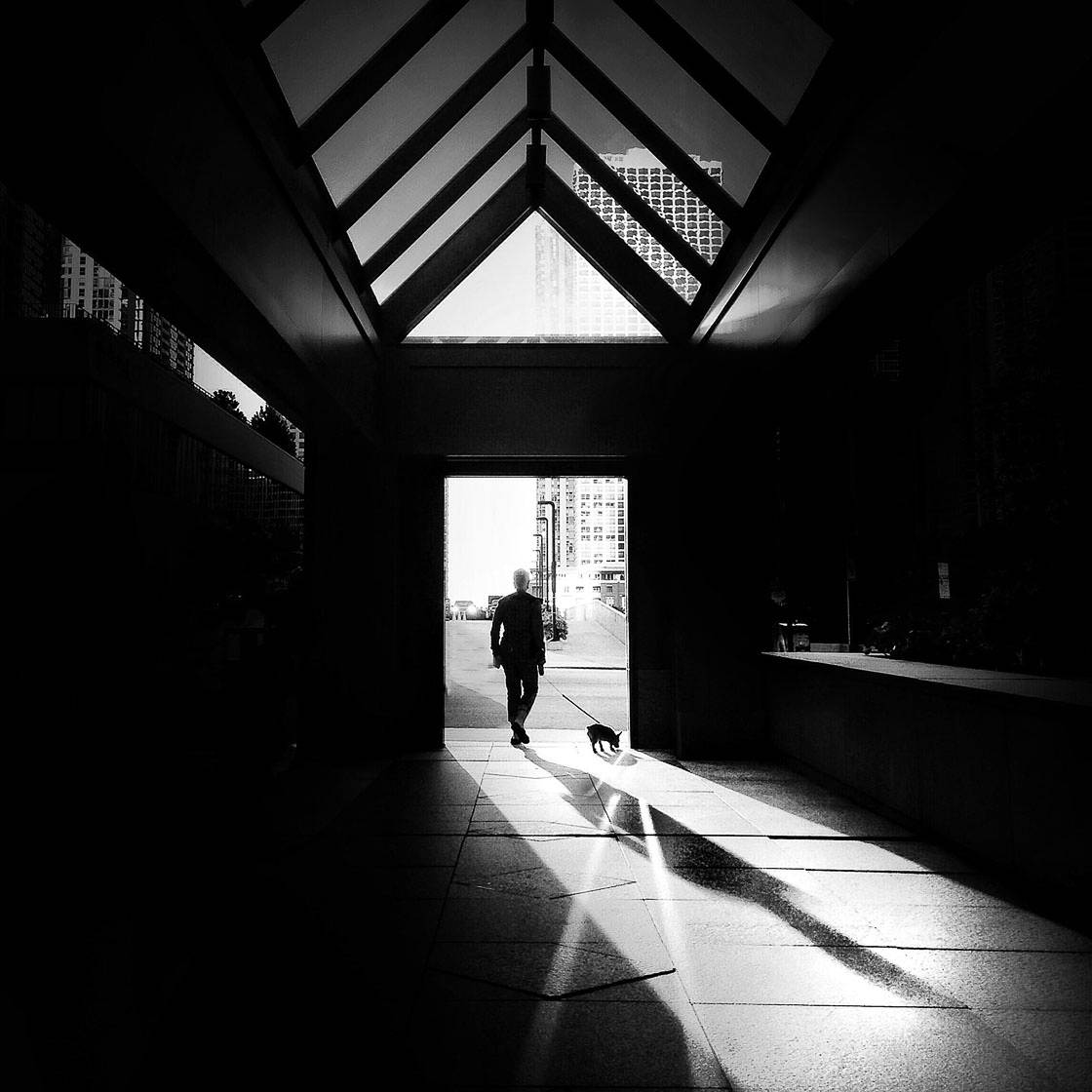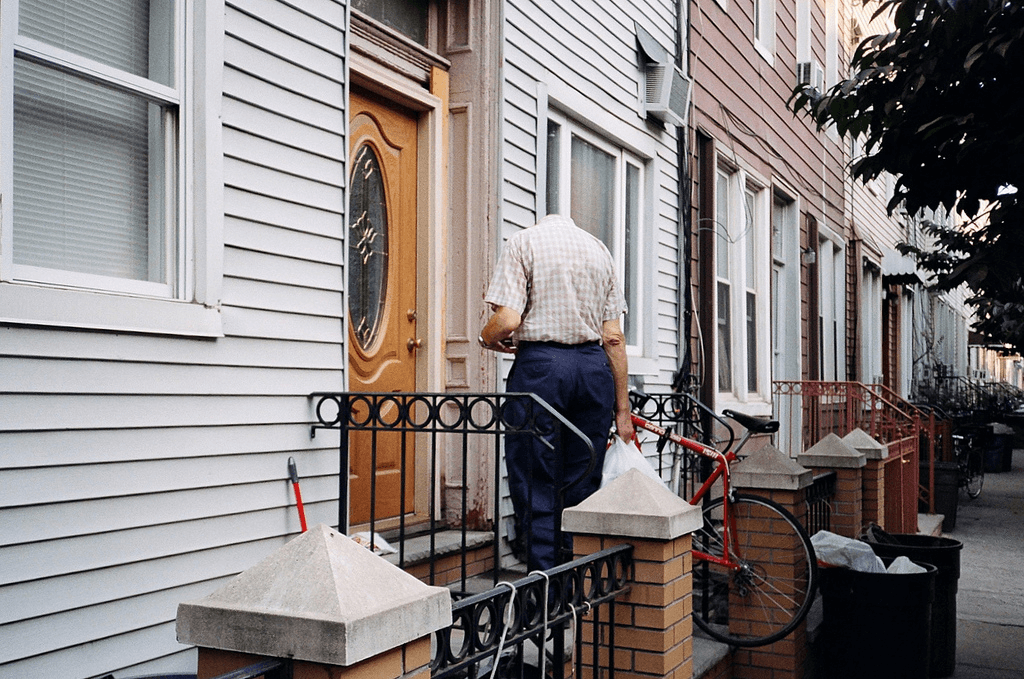The Greatest Guide To Street Photographers
Table of ContentsThe Basic Principles Of Street Photographers The Best Guide To Street PhotographersThe Street Photographers PDFsWhat Does Street Photographers Do?The Ultimate Guide To Street Photographers
Street photographers do not always have a social purpose in mind, yet they choose to separate and capture minutes which might otherwise go unnoticed.He was influenced by many of those that affected the street photographers of the 1950s and '60s, he was not primarily interested in catching the spirit of the road., that worked side by side with digital photographers trying to capture the significance of city life.
Due to the fairly primitive technology offered to him and the lengthy direct exposure time required, he had a hard time to catch the pressure of the Paris streets. He explored with a collection of photographic techniques, trying to locate one that would certainly allow him to capture movement without a blur, and he discovered some success with the calotype, patented in 1841 by William Henry Fox Talbot. As opposed to Atget, photographer Charles Marville was hired by the city of Paris to produce an encyclopaedic paper of Haussmann's metropolitan preparation job as it unravelled, hence old and brand-new Paris. While the digital photographers' topic was basically the very same, the outcomes were markedly different, demonstrating the impact of the photographer's intent on the personality of the photos he generated.
Given the fine high quality of his pictures and the breadth of product, architects and artists typically got Atget's prints to make use of as referral for their very own job, though commercial interests were hardly his main motivation. Instead, he was driven to photograph every last remnant of the Paris he loved. The mingled passion and urgency of his mission shine through, resulting in photographs that narrate his own experience of the city, qualities that anticipated street digital photography of the 20th century.
Things about Street Photographers
They reveal the city with his eyes. His job and essential understanding of photography as an art kind acted as inspiration to generations of photographers that adhered to. The future generation of road professional photographers, though they likely did not describe themselves therefore, was introduced by the photojournalism of Hungarian-born digital photographer Andr Kertsz.
Unlike his peers, Brassa utilized a larger-format Voigtlnder camera with a longer direct exposure time, requiring him to be a lot more calculated and thoughtful in his technique than he might have been if utilizing a Leica.
Cartier-Bresson was a champ of the Leica video camera and among the initial photographers to optimize its capacities. The Leica allowed the professional photographer to connect with the surroundings and to capture moments as they occurred. Its reasonably tiny size also assisted the professional photographer discolor right into the history, click here for more which was Cartier-Bresson's preferred approach.
Indicators on Street Photographers You Should Know
It is due to this fundamental understanding of the art of image taking that he is usually attributed with discovering the tool around again roughly a century since its invention. He took pictures for more than a half century and affected generations of professional photographers to trust their eye and instinct in the moment.
These are the concerns I shall try to address: And after that I'll leave you with my own definition of road photography. Yes, we do. Let's start with specifying what a definition is: According to (Street Photographers) it is: "The act of specifying, or of making something precise, unique, or Going Here clear"
No, certainly not. The term is both limiting and misinforming. Seems like a street digital photography must be photos of a roads best?! And all street digital photographers, except for a small number of outright beginners, will totally appreciate that a road is not the essential component to street digital photography, and really if it's a photo of a street with perhaps a few monotonous people doing absolutely nothing of interest, that's not road photography that's a picture of a road.
A Biased View of Street Photographers
He makes a legitimate factor don't you think? While I agree with him I'm not certain from this source "honest public digital photography" will certainly catch on (although I do kind of like the term "candid digital photography") since "road photography" has actually been around for a long time, with numerous masters' names affixed to it, so I think the term is right here to stay (Street Photographers).
Inside?! I hear you scream as you tremble your fist to the sky. Why not? You can contend the beach, at an event, in a street, in a park, in a piazza, in a cafe, at a gallery or art gallery, in a city station, at an occasion, on a bridge, under a bridge ...

Street Photographers Can Be Fun For Everyone
